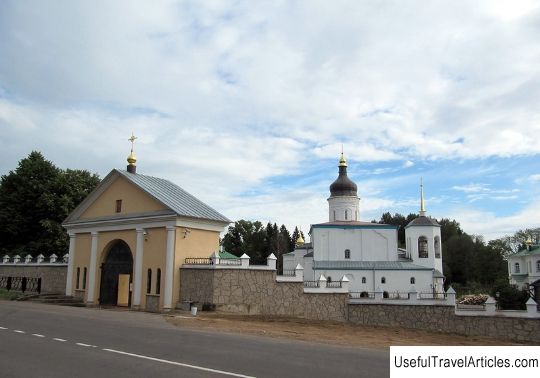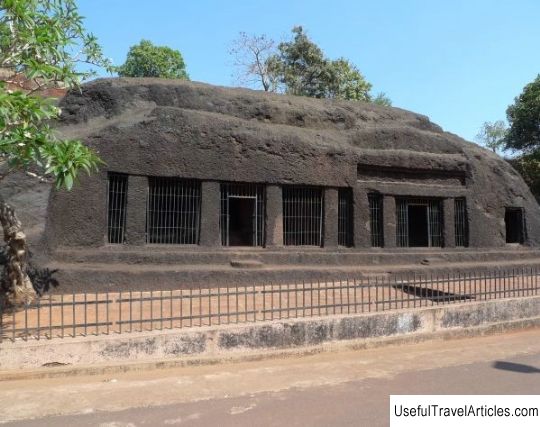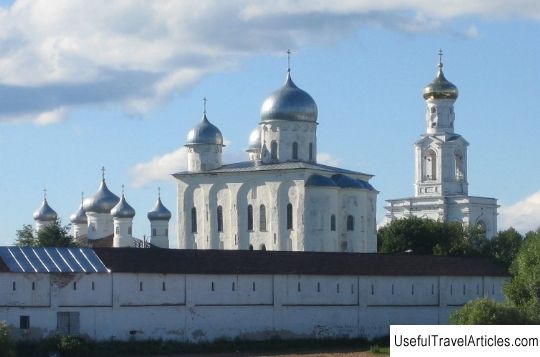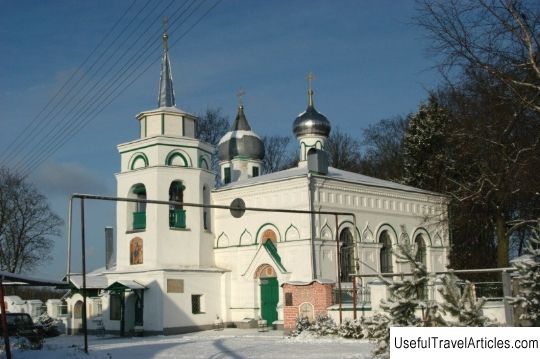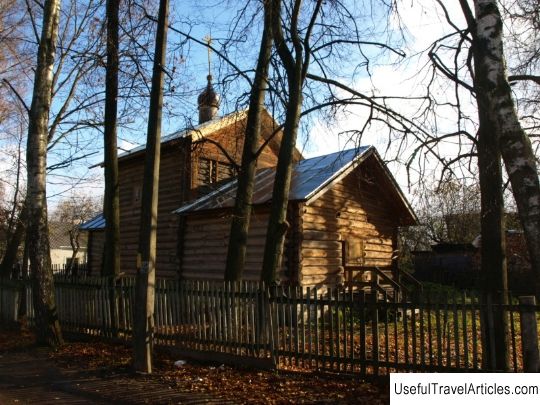Church of the Pentecostal Prenation description and photos - Russia - Northwest: Pskov
Rating: 9,3/10 (4984 votes) 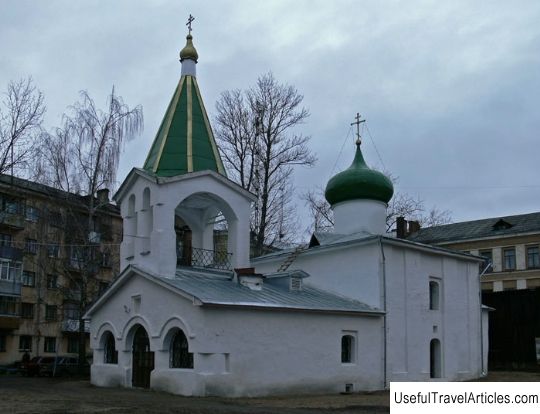
Church of the Pre-Epiphany of Pentecost description and photos - Russia - North-West: Pskov. Detailed information about the attraction. Description, photos and a map showing the nearest significant objects. Photo and descriptionThe Temple of the Prepolove Pentecost, located at the Spassky courtyard, belonged to the Spaso-Elizarovsky monastery. In the popular book of Gediminas "The Pskov Past" it is indicated that the temple was erected in 1494 on the courtyard of the Velikopustynsky monastery. In the chronicle sources, it is mentioned in 1468. In the winter of 1468, Vladyka John arrived from the city of Novgorod and summoned the priesthood and mayors of Pskov to the Pustynsky yard. In the clerical records of 1707 it is said that the Church of the Pentecostal Preporation was arranged from the Great Desert Monastery in 1707. In addition, it is known that in 1766 the courtyard of the Velikopustynsky monastery on Spasskaya Street in the city of Pskov was transferred to the Elizarovskaya monastery. Clearing records dating back to 1916 note that the church was cold and stone and was located on the Spassky yard in the city of Pskov in the first part at the corner of Spasskaya and Uspenskaya streets. Such early poor information does not date the existing church, but can only suggest that in the 15th century a church already took place on this place. According to literary sources and architectural forms, the Church of the Pentecostal Pentecost dates back to the 17th century. In August 1820, an archimandrite named Zosima informed Archbishop Eugene Bolkhovitinov that there was a real danger of holding divine services. The famous architect Yabs F.F. concluded that the church is strong enough, for the implementation of complete safety, it is necessary to break the vaults in the temple and the altar, and instead of the vaults, you need to make rolls of wood, plaster them and whiten them, while not touching the roof. Most of the roof was removed in 1822 and the vaults were broken. After carrying out these works on the central transverse wall, directly above the royal gates, as well as above the southern and northern doors on both sides, large cracks appeared in the upper and lower parts of the vaults, due to which the wall was destroyed and rebuilt. The completion of the renovation took place in 1822. In 1867, a hipped-roof bell tower made of stone was built over the church porch instead of the previously existing belfry on the pillars. Throughout 1950, the Church of the Pentecostal Prepoluteness was converted into a restoration workshop. Since 1960, a smithy has been placed in the church apse, and a greenhouse and a garage with a viewing hole in the quadrangle, which has an attached vestibule. In architectural terms, the church is a one-apse, pillarless temple with a half-tray vault. The general composition includes a refectory room, a quadrangle, a porch. During the 19th and 20th centuries, the quadruple underwent a considerable number of significant reconstructions. The apses and the quadrangles were completely redone. The vaults, built of stone, were replaced by wooden ones. In the southern part of the quadrangle there is a large opening for the passage of cars. As for the window openings, it was dismantled on this wall, and its upper part and the arched lintel were laid. A vestibule with two-floor gates was adapted to the entrance, and small storage rooms were located on both sides of it. There are three openings in the western wall, which led to the refectory, also laid. There are demoulding works above the windows. In the arrangement of the quadrangle, an observation pit and a greenhouse were built. On the wall on the east side there are three laid openings, which connect the altar and the quadrangle, the main one is large and two small ones on the sides. On the side of the altar, there are piers between the openings. The apse has two window openings: the largest is the central one, and the small one is slotted on the north side. The southern and northern facades have several blades, the tops of which are slightly cut off by a hipped roof. The blades on the northern part of the facade extend to the bottom of the doorway. On the eastern facade, a part of the wall is sheathed with boards. The smoothest of all is the west facade. The drum of the church is wooden, the roof and head are metal. The porch itself has two walls, and there are two rooms on either side of the passage. The three-pillar belfry is located above the porch, which has been rebuilt into a hipped bell tower.
     We also recommend reading Iglesias romanicas del Valle de Bohi description and photos - Spain: Baqueira Beret Topic: Church of the Pentecostal Prenation description and photos - Russia - Northwest: Pskov. |
